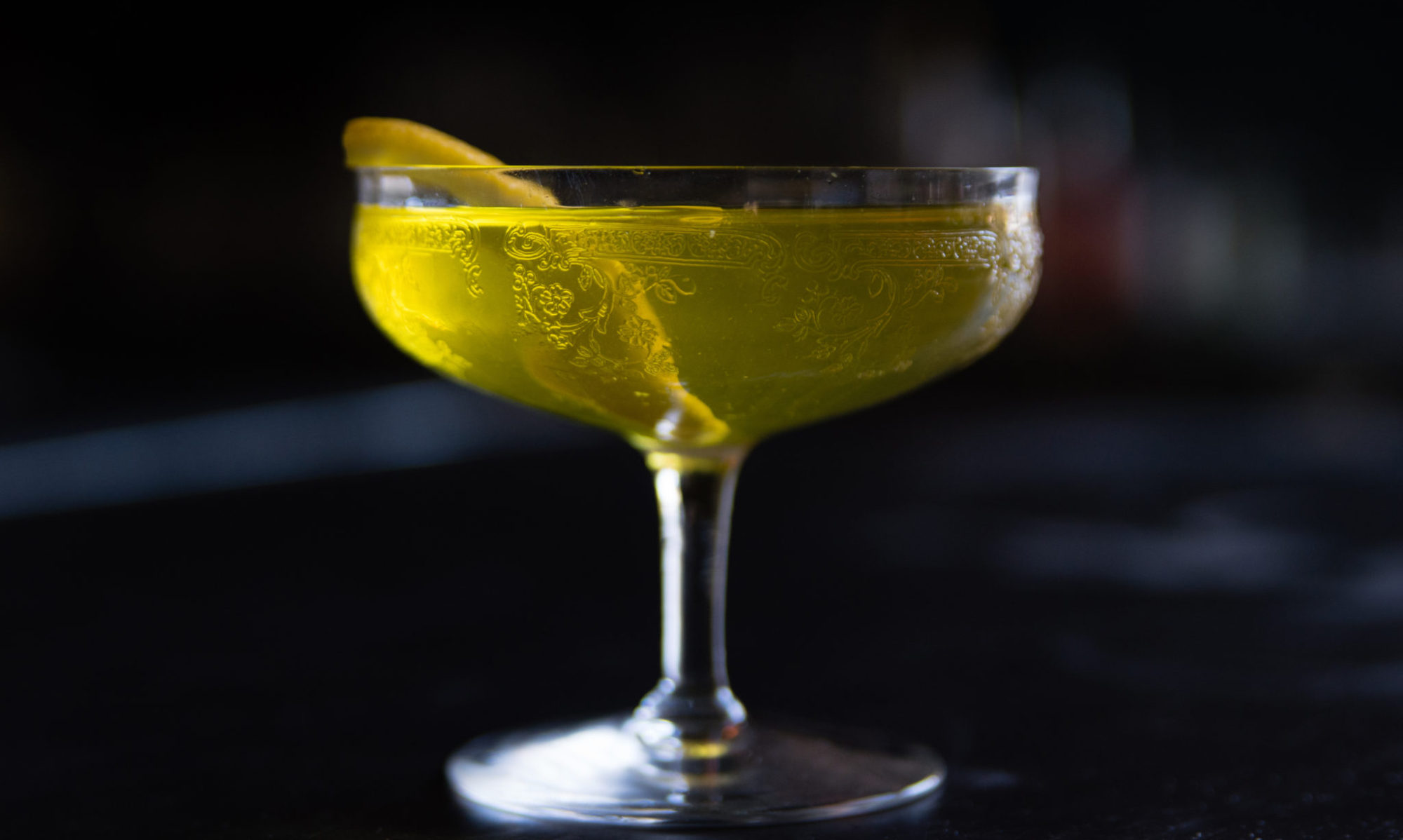Most photography tips that you’ll find online are incredibly basic and cliche, even if they are important – the rule of thirds, “zoom with your feet,” etc. But last week I stumbled upon a tip that actually blew my mind: with some extremely cheap aftermarket accessories, you can reverse your camera’s included kit lens and use it for macrophotography (i.e., full-sized photos of tiny objects). Macrophotgraphy is one of those nerdy, gear-centric side interests for photographers, so of course it has always interested me. Equally as predictable: macro lenses are expensive, even more so when you consider that they have such a specific single use.
So, this tip was exciting for me. An actionable, attainable piece of advice on a photography blog! Miracles do happen. I bought the accessories on Amazon: a 52mm Macro Reverse Ring Mount and a 52mm Aperture Control Filter, both from Fotodix. Together they cost a little more than $30. When they arrived, I had no issues setting up my kit lens on my old Nikon D3200 – but setting up to take photos was a lot more complicated.
When the lens is reversed, your camera has no control over autofocus or aperture. There are accessories available for Canon cameras that allow you mount your lens in reverse and still retain those electronic controls, but they are more expensive and I couldn’t find the Nikon equivalent in my cursory research. It also took me a few minutes to figure out how to focus on something. Here’s a quick list of what I learned:
- My 18-55mm Nikon kit lens needed to be fully extended to focus on anything
- Even at full extension, the furthest I could position my photo subject from my lens was about 4 inches.
- Depth of field in macrophotography is incredibly shallow – I had to stop down the aperture quite a bit to get the focus right
- Exposure time had be long, especially with the narrow aperture
- The combination of precision-focusing and long exposure time made a tripod absolutely necessary
I believe that some of these challenges are mitigated when you buy a real-deal macro lens; for example, many of them can focus on subjects a foot or more away from the glass. That’s helpful when you’re shooting live insects or outside of a controlled studio environment. But, for $30, I’ll take my jerry-rigged macro lens for the moment. I had a lot of fun taking photos of my wife’s rings (college and engagement) and some fresh hydrangeas in our dining room. Now I’m just looking for more cool stuff to shoot.
I should also be able to find some practical uses for macrophotography. It would be great for jewelers and florists, but also any other products that have very fine details or small pieces. I would love to see some caviar under this lens, or details on fine china or designs on clothing. It’s a nice piece of added value to bring to clients who might want extreme detail shots.

